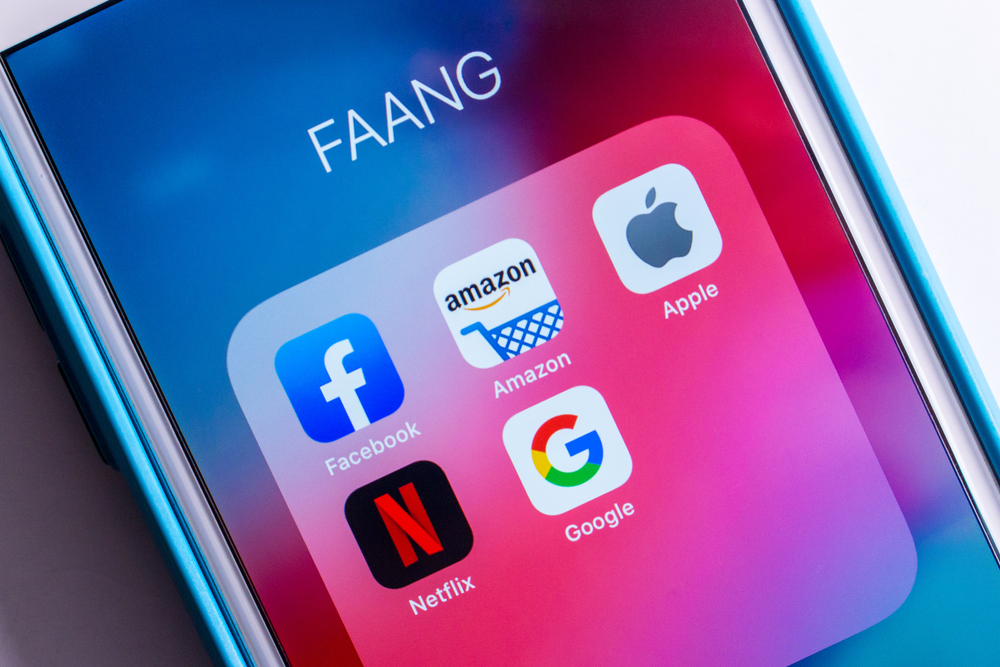Apple stock’s market cap climbed to the point where that single company exceeded the size of the entire Russell 2000 last month, the most commonly referenced index of smaller stocks.
One stock worth more than 2,000 others.
That May day, when Apple and the Russell 2000 were each worth about $2.2trn, was a watershed moment. Perhaps it will one day be looked at with the benefit of hindsight as “that is when we should have known” that small caps were attractive.
Perhaps this circumstance should not come as a total surprise. Small caps, based on the SPDR Russell 2000 US Small Cap UCITS ETF (R2US), trade only slightly above their price of nearly five years ago, during the summer of 2018. Meanwhile, Apple’s stock price is up fourfold over that time.
After several years of watching a small number of huge stocks get even bigger while the broader market fails to keep up, financial advisers may be understandably shy about embracing small cap investing.
However, they may finally have a solid valuation argument. According to data from Ycharts, R2US sells at just about 1x sales, compared to 2.5x for the iShares Core S&P 500 UCITS ETF (CSPX), and a hefty 4.3x for the Invesco EQQQ Nasdaq 100 UCITS ETF (EQQQ).
That gap may be enough for investors to start looking at small caps as a contrarian investment. Meanwhile, Apple checks in at a whopping 7.5x sales, and represents 12% of the weighting of EQQQ and more than 7% of CSPX.
Small cap stocks used to be the place advisers would go to seek above-average returns in exchange for above-average risk.
On a longer-term basis, perhaps years of disappointment in that regard are setting the stage to reverse.
If that does occur, advisers may look back at that day in May when one big-name stock was worth more than the entire bottom row of the classic “style box” and consider that the turning point.
This article was originally published on ETF.com


